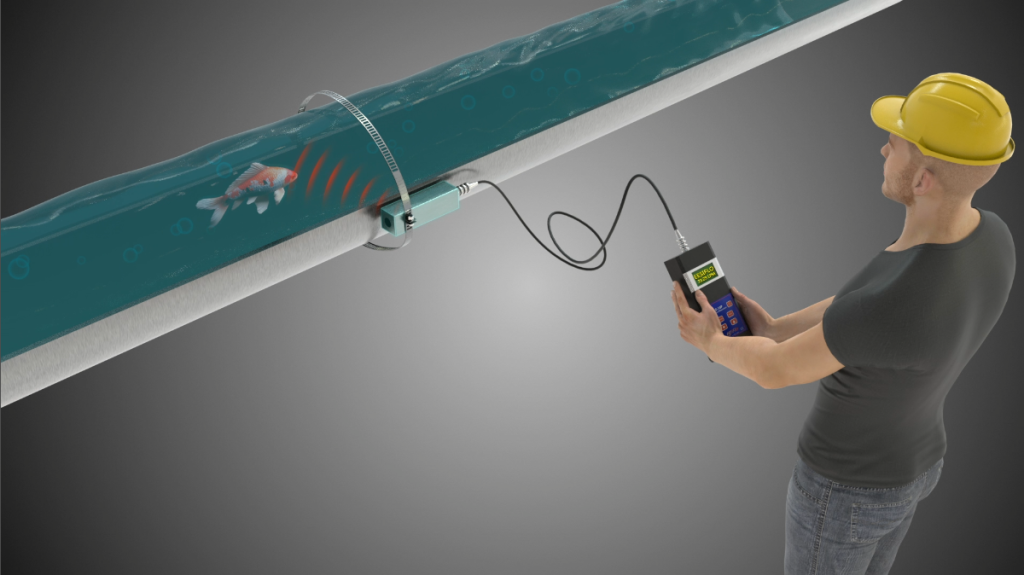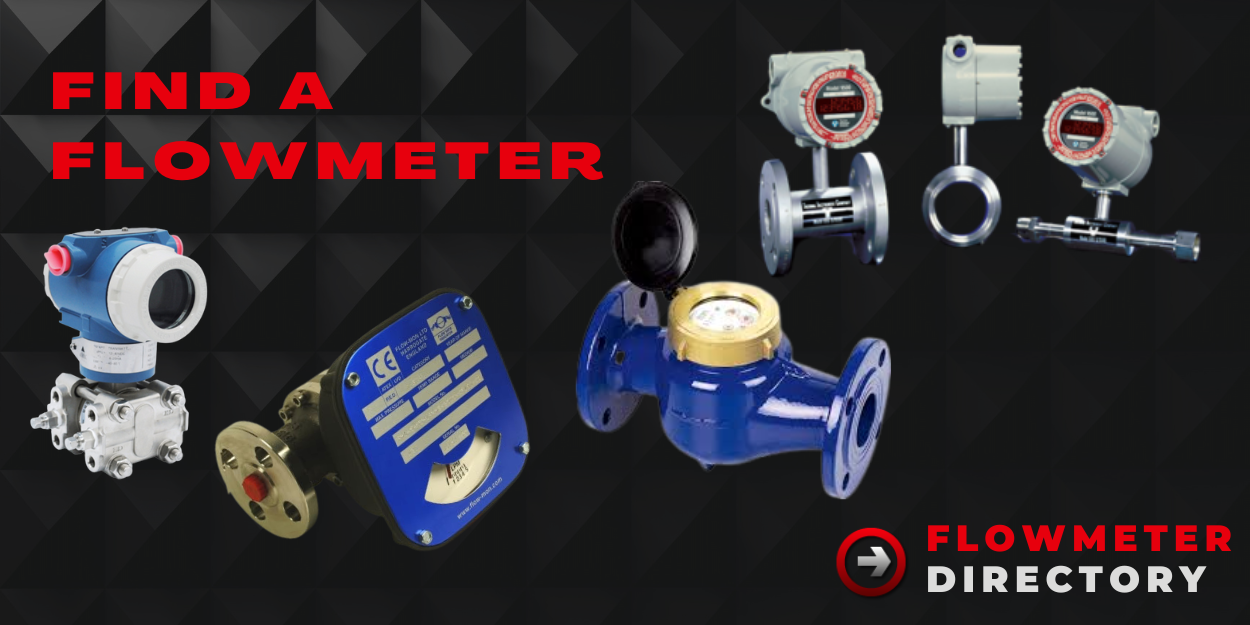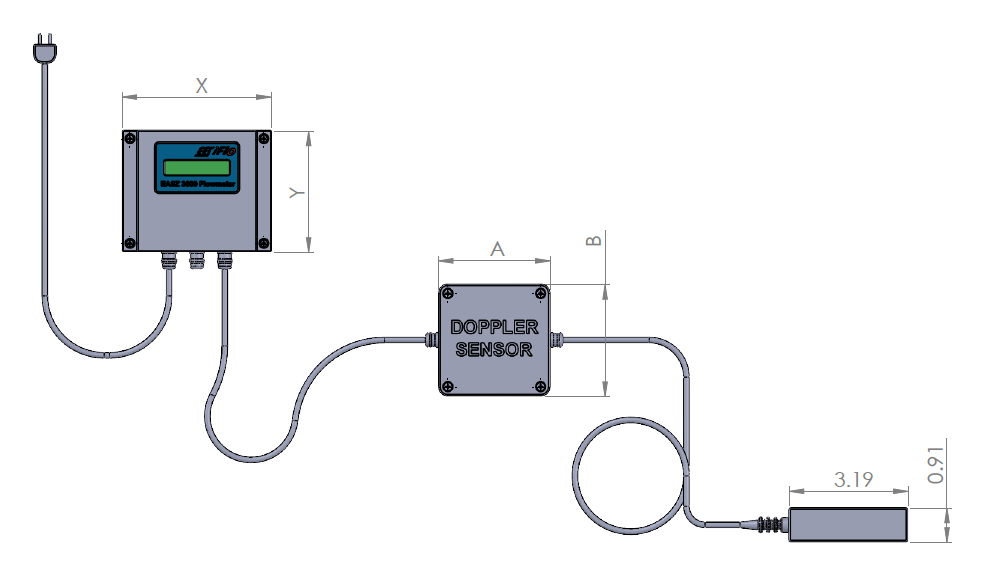Doppler Flow Measurement Technology
The Doppler Flow Meter has been around for decades, simply because it is an instrument that is able to measure flow velocity without having to intrude into a body or a process. There are various applications where the doppler shift principle is applied in everyday life. Some examples are blood flow, open channel and measurements of liquid velocity in closed pipes.
What is the Doppler Shift and how does it measure liquid flow in pipes
How do doppler flow meters work?
Animations can help us to understand how doppler flowmeters work. First of all, there are the doppler sensors (basically oscillating crystals in a sensor shoe either placed directly in the media or clamped on to a surface) that oscillate at a certain frequency to create an ultrasonic beam which transmits at a known frequency while also listening to the return frequency from the reflectors moving at a certain velocity. Since the return frequency will be different according to the speed at which the reflectors travel, the flow velocity of a medium can be calculated using a formula named after Mr. Doppler himself. See here; https://en.wikipedia.org/wiki/Christian_Doppler

What is the equation used for a Doppler Ultrasonic Flow Meter?
The meter detects the velocity of reflectors like suspended solids and undissolved bubbles as opposed to the velocity of the fluid. Velocity V can be thus calculated by the equation
V = (f0 – f1)Ct / 2f0cos(a)
V= the velocity
f0 = original transmission frequency
f1 = return frequency
a = transmission angle of emitting crystal and receiving crystal
Ct = the sonic velocity of the transducers
Since the cross sectional area of a pipe or a channel is fixed and known, it is possible to calculate further for volume flow e.g Liters per minute etc
A doppler flow meter relies on the velocity of the reflectors, caution must be taken to ensure there are actually reflectors. This is why it is not advisable to use a doppler flow meter on clean liquids where a transit time flow meter is preferred.
What applications are suitable for Doppler Flowmeters?
- Wastewater flow
- Sludge flow
- Raw Sewage flow
- Pipes with abrasive liquids e.g limestone slurry
- Dredging applications
- Various mining scenarios where rocks, stones, solids and other materials damage conventional flowmeters
- Slurry pumps outlet flow
What Doppler Flow meters are available?
Battery opertaed handheld flowmeter using the Doppler Shift Principle. Ideal for all pipe sizes and in applications where small particles or air are present in a liquid. Excellent tool for checking slurry pump output and in applications where mechanical flowmeters are failing.
Doppler flow meters for permanent installation on pipes with local display and 4-20 mA output. Available in 110 VAC or 220 VAC


